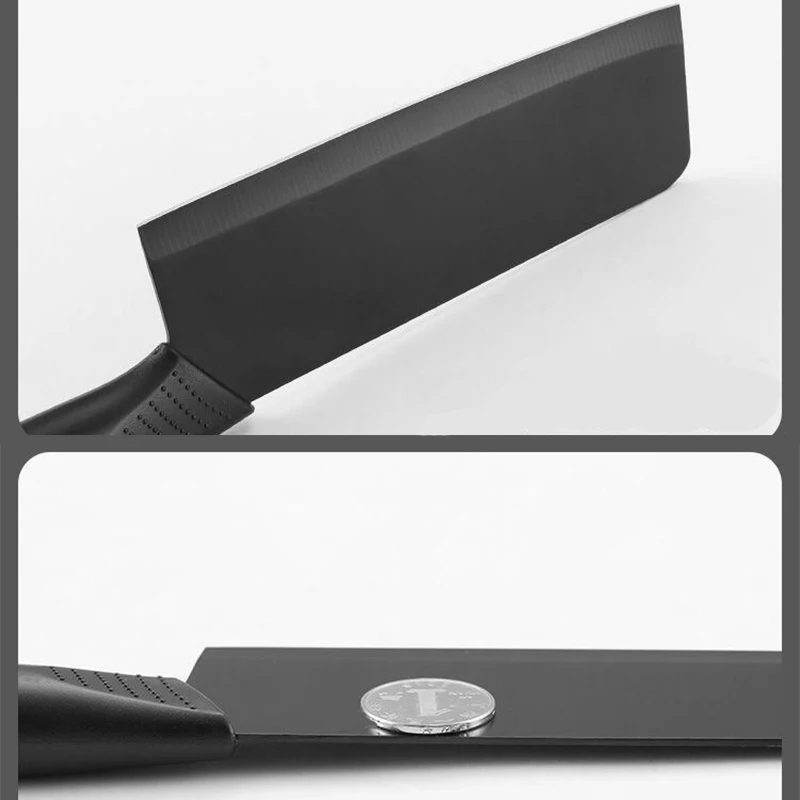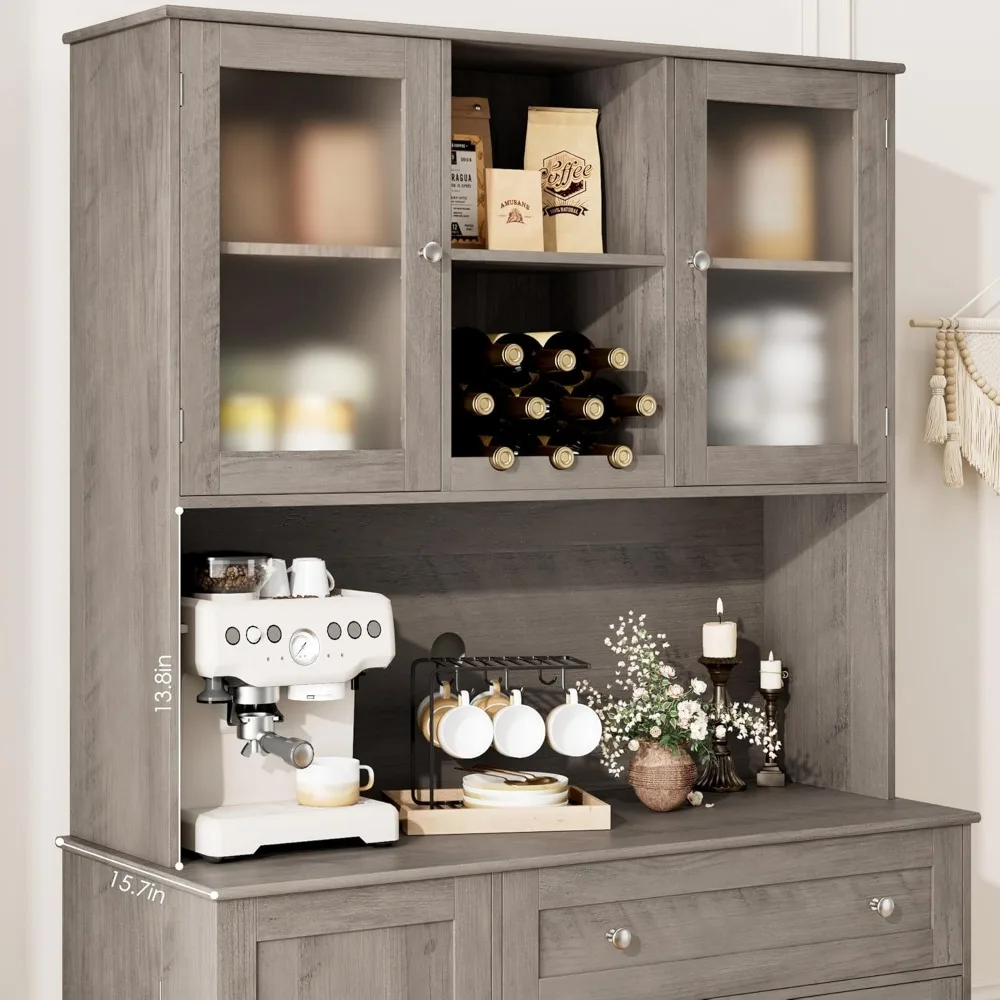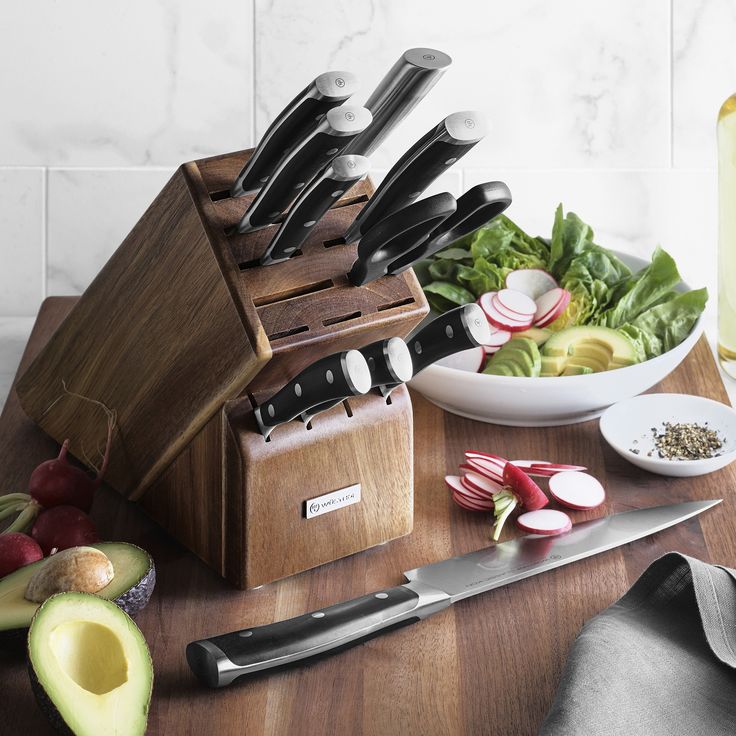High-Quality Materials: The Key to Durability and Precision
When selecting a modern kitchen knife set, the quality of the materials is foremost. High-quality materials not only ensure the longevity of sharpest kitchen knife set but also grant them the precision needed for perfect cuts every time. Durable steel, such as high-carbon or stainless steel, maintains sharpness longer and withstands regular use without damage.
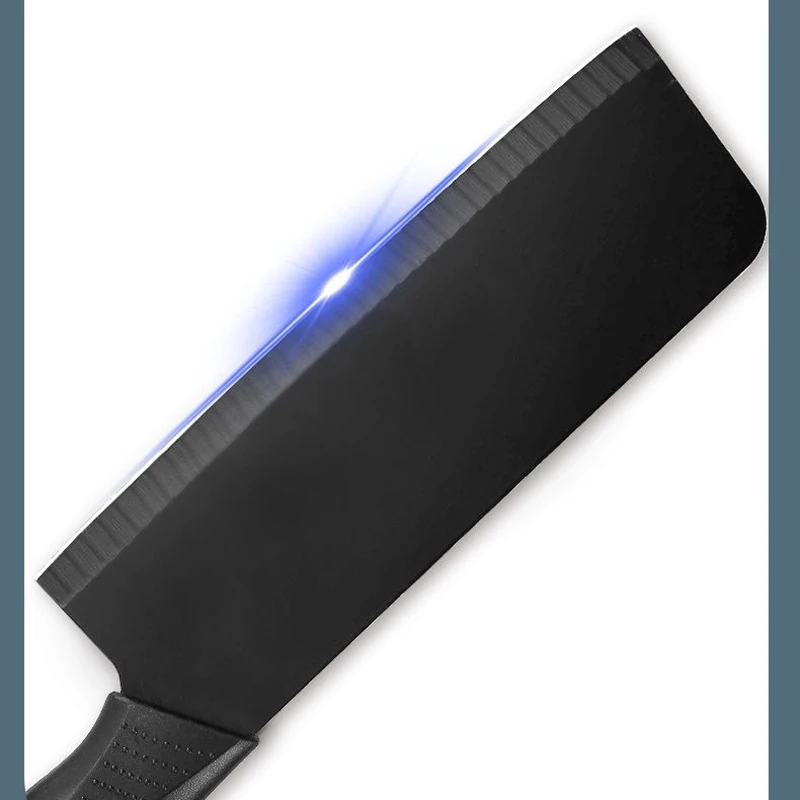
Additionally, advanced alloys may be incorporated to enhance performance. These might include chromium for rust resistance, or vanadium and molybdenum for maintaining a sharp edge. Toughened handles made from materials like Pakkawood or reinforced composites provide both resilience and a good grip, promoting both safety and ease of use.
Investing in a knife set crafted from superior materials may be more costly initially, but it pays off. The right blend of metals in the blade leads to an enduring sharpness, meaning less frequent sharpening and more consistent, reliable cuts. Moreover, quality handles contribute to the overall balance and ergonomics of the knife, factors that are crucial when undertaking extended culinary projects.
In essence, premium materials are the backbone of any knife set worth its salt. They define the line between a frustrating cooking experience and one that is smooth, enjoyable, and culminates in beautifully prepared dishes. Whether you’re finely chopping herbs or precisely slicing meats, the right materials make all the difference.
Essential Knives in a Modern Kitchen Set
Every contemporary kitchen needs a basic array of knives. A chef’s knife, paring knife, and serrated bread knife form the core of any versatile set. The chef’s knife, typically about eight inches long, handles the bulk of cutting tasks. It slices, dices, and chops with ease. A smaller paring knife, around three to four inches, is perfect for more intricate work such as peeling fruits or deveining shrimp. Lastly, a serrated bread knife glides through crusty loaves without crushing the soft interior.
In addition to these staples, a modern set may include a utility knife. This knife often bridges the gap between the paring and chef’s knives in size. A Santoku knife, with its scalloped blade, is ideal for slicing, dicing, and mincing. It’s beneficial for those who prefer a straighter edge.
Moreover, a boning knife with a narrow, flexible blade is crucial for separating meat from bone. A carving knife also has its place, making it simple to slice clean portions of cooked meat. For those who enjoy freshly filleted fish, a filleting knife with a slim, flexible blade is a must-have.
A high-quality knife set can sometimes include specialty blades. These might be steak knives for effortless cutting at the dining table or a nakiri knife for chopping vegetables. Regardless of the additional knives present, the foundation of the set is always the trio of chef’s, paring, and serrated knives.
To summarize, a modern kitchen knife set should provide the right tool for every common kitchen task. Short, maneuverable blades are for precise work. Long, sharp ones are for more extensive chopping and slicing. Together, these knives make food prep faster, safer, and more enjoyable.
The Importance of Ergonomic Handle Design for Comfort and Control
A well-designed ergonomic handle is critical for precision, comfort, and safe knife use. When handles are crafted considering the hand’s natural grip, chefs gain more control and reduce fatigue during lengthy food prep sessions. Here are the key elements that contribute to an ergonomic handle design:
- Shape and Contour: Handles should fit comfortably in the palm. Ideally, they should have a slight curve or contour that aligns well with the natural grip of a hand. This alignment helps in distributing the pressure evenly across the hand, avoiding any discomfort.
- Material: The choice of material significantly impacts the overall feel and grip of the knife. Materials like Pakkawood or rubber provide a non-slip surface, ensuring the knife stays secure in your hand even when wet. This factor is essential for both safety and precision.
- Balance: The handle’s weight should harmonize with the blade to maintain balance. Proper balance minimizes the effort required to cut through ingredients and allows for smoother, more precise cuts.
- Size: The size of the handle should complement the size of the blade and be appropriate for the user’s hand. A handle that is too large or too small can be uncomfortable to hold, making it difficult to control the knife accurately.
Selecting a knife with an ergonomic handle enhances user experience tremendously. It not only contributes to the ease of accomplishing diverse culinary tasks but also plays a vital role in preventing strain and potential injuries. Therefore, when choosing the sharpest kitchen knife set, considering the design and feel of the handles is as crucial as evaluating the blade’s quality.
Knife Maintenance: Honing and Sharpening Essentials
Keeping your kitchen knives in top condition involves regular honing and timely sharpening. Here’s how to maintain the sharpest kitchen knife set:
Honing Your Knives
Honing realigns the blade’s edge, keeping it sharp. You should hone your knife before each use. Glide the knife’s edge down a honing steel at a 20-degree angle. Repeat this process five to ten times on each side for best results.
Sharpening Your Knives
While honing maintains an edge, sharpening grinds away metal to create a new edge. Use a whetstone for this purpose. Begin with a coarse grit to reshape the edge. Then, use a finer grit to refine and smooth the blade. Wet the stone first, place the knife at about a 20-degree angle, and slide across the stone from heel to tip. Repeat several times on both sides of the blade. It’s generally good to sharpen your knives once every few months, depending on usage.
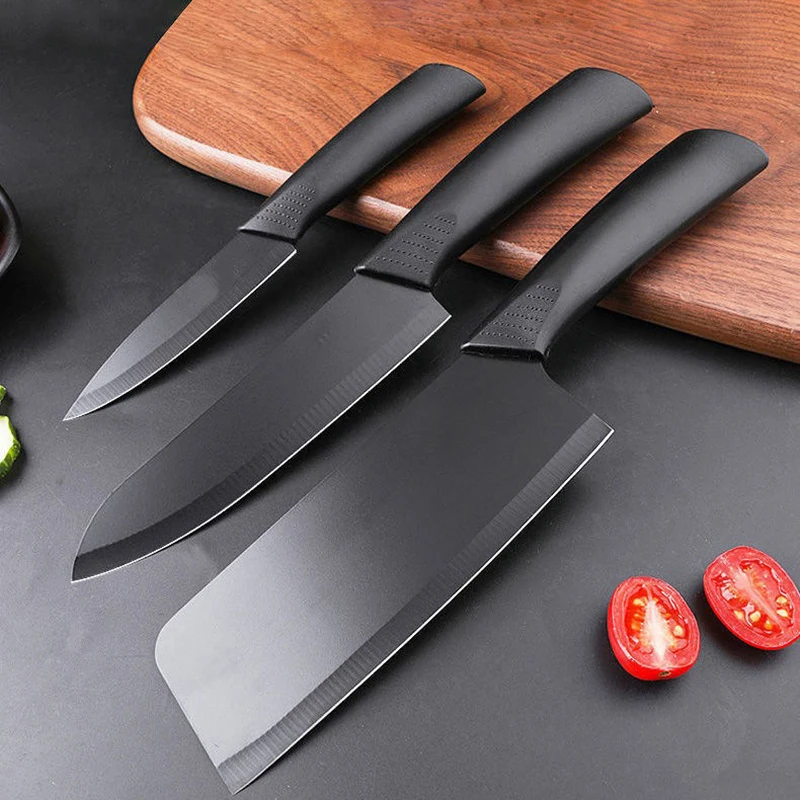
Through regular honing and periodic sharpening, you ensure your knives cut effectively and safely. These simple steps can greatly extend the life of your kitchen knife set and maintain optimal performance in food preparation.
Features that Make Up the Best Knife Set for Home Cooks
Identifying the ideal knife set for home cooking requires careful consideration of several features. Here are the most critical ones:
- Variety of Knives: A versatile set includes various knives. Essential types include chef’s, paring, bread, and utility knives.
- Blade Quality: Top knife sets feature blades made from high-carbon or stainless steel for durability and sharpness.
- Handle Comfort: Comfortable, non-slip handles are crucial. They enhance safety and control during cutting.
- Balance and Weight: Well-balanced knives offer better control and reduce fatigue while cutting.
- Maintenance Tools: Ideal sets come with maintenance tools like honing rods. These tools help keep knives sharp.
- Storage Options: Safe storage solutions, like knife blocks or magnetic strips, protect blades and reduce clutter.
- Aesthetic Appeal: An attractive knife set can complement the style of your kitchen.
Each of these features contributes to a knife set’s functionality, making cooking tasks easier and more enjoyable for home chefs. Keep these characteristics in mind to choose the best knife set for your culinary needs.
From Budget-Friendly to High-End: Knife Sets for Every Price Range
Choosing a kitchen knife set is an investment in your culinary future. It’s vital to find the right set that fits your budget and cooking needs. Whether you’re just starting or looking to upgrade, there’s a range of options available for every chef.
- Budget-Friendly Sets: These sets typically feature the essentials without the frills. They offer good performance at a cost that won’t break the bank. While they might require more frequent sharpening, they’re a solid start for novice cooks.
- Mid-Range Sets: With a moderate price, these sets often feature better materials, such as high-carbon stainless steel. They balance cost with quality, providing a more durable edge and comfortable grips.
- High-End Sets: For the serious chef, high-end sets use top materials for the sharpest edges and longest-lasting tools. They often include bonuses like honing steels and stylish blocks or storage cases.
Remember, the more you invest upfront, the fewer replacements you’ll need. Higher-priced sets can offer savings over time, with exceptional durability and less need for sharpening. Home cooks should weigh their needs against their budget to find their ideal knife collection.
Safety and Storage Solutions for Knife Sets
Proper storage and safety mechanisms are vital for preserving the integrity of your knife set and ensuring a safe cooking environment. Here are key considerations for safe storage:
- Knife Blocks: They offer secure and accessible storage. A knife block typically has slots for various knife sizes, keeping blades separated and protected.
- Magnetic Strips: Wall-mounted magnetic strips save counter space. They also allow for easy visibility and access to your knives. Ensure that the magnets are strong enough to hold the knives securely.
- Drawer Inserts: In-drawer storage trays help organize knives flat in a drawer, minimizing wear and reducing the risk of injury when reaching for a tool.
- Sheaths or Blade Guards: For those who prefer loose storage, individual sheaths or blade guards are recommended. They cover the blade, providing safety when rummaging through kitchen drawers.
Safe handling also contributes to injury prevention. Always cut on stable surfaces. Use knives for their intended purpose and never use them to pry open objects. Also, keep knives out of the reach of children and educate all household members on proper knife safety.
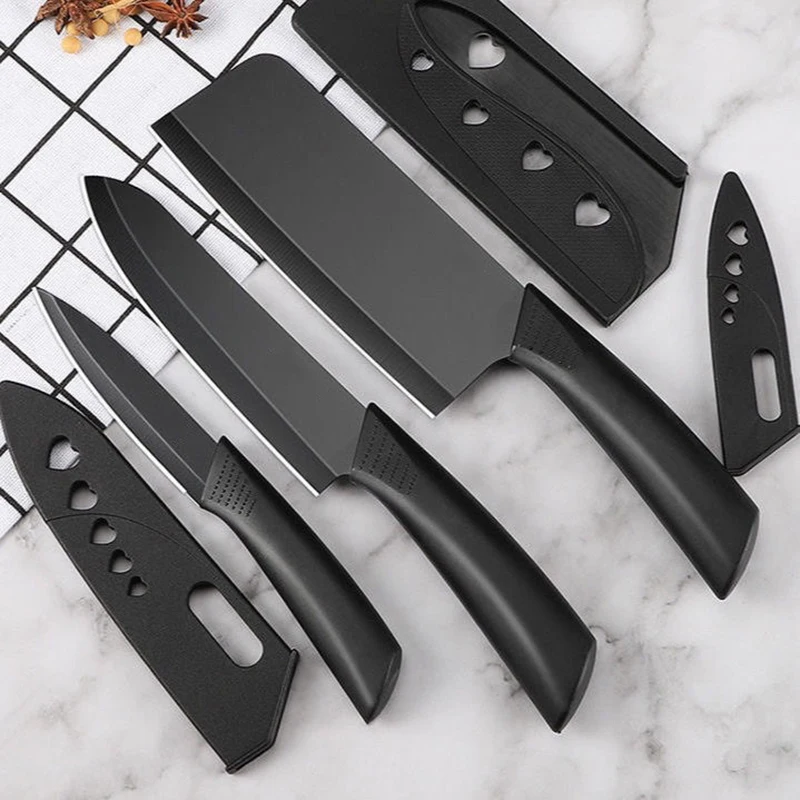
By using these solutions, you can extend the life of your sharpest kitchen knife set and create a safer kitchen workspace. Choose the storage option that meshes best with your kitchen design and personal habits for optimal safety and efficiency.
Pros and Cons: Deciding Between Stainless Steel vs. High-Carbon Blades
Choosing between stainless steel and high-carbon blades can be tough. Each has pros and cons. Here’s what you need to consider for your sharpest kitchen knife set.
Stainless Steel Blades:
- Pros:
- Rust resistant, less maintenance needed
- Typically more affordable than high-carbon
- Durable and long-lasting with proper care
- Cons:
- Might not hold an edge as well as high-carbon
- Can be harder to sharpen when they do dull
High-Carbon Blades:
- Pros:
- Keep a sharp edge longer
- Easier to sharpen than stainless steel
- Often preferred by professional chefs
- Cons:
- Require more upkeep to prevent rust
- Typically more expensive
- Can discolor if not maintained properly
Your choice will depend on your cooking style and care commitment. High-carbon blades edge out with sharpness and ease of sharpening. Stainless steel offers durability and rust resistance. Weigh these factors against your budget and cooking habits to find the best match for your sharpest kitchen knife set.
